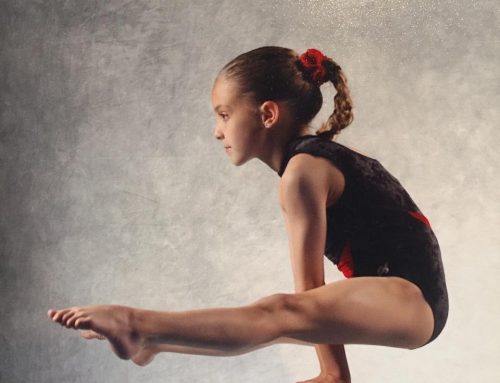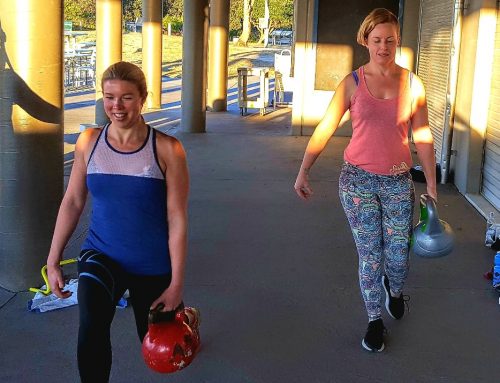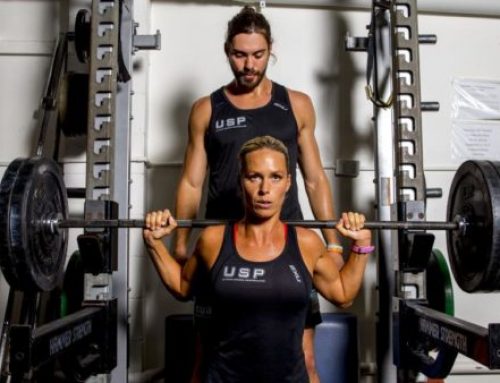
As fantastic as sport is, (essential even) in our modern lifestyles, our bodies aren’t perfectly designed for many of them.
Unfortunately evolution is a bit slow and our bodies are still designed for constant multi directional movement. Hunting, fighting, running, climbing, hiding, scavenging, lifting, require a lot of different movements and our entire bodies to do them.
The cavemen that sat on their stone tablets playing “Virtual Mammoth Hunt” didn’t last very long and hence didn’t pass on their sedentary DNA.

Racing sports such as swimming, running, paddling, cycling, rowing are all done in a very linear direction, meaning we are using the same muscle groups repeatedly for extended periods of time with very little change up.
Court sports have plenty of multi directional movements but require the ability to stop moving almost instantly in one direction and then accelerate in another which requires the body to absorb and produce massive force.
When you play and train to be competitive or excel in a particular sport these demands are placed on the body almost daily.
And nothing stops an athlete’s progress quicker than injury
Nothing stops an athlete’s progress quicker than injury
Targeting strength for improved performance is obviously valuable but for athletes in racing sports as mentioned above, strengthening to target injury reduction is indispensable.
Strengthening to target injury reduction is indispensable.
When a group of muscles accumulate large volumes of work in the same movement pattern week in week out, they will clearly become quite strong. When the antagonist (opposing muscles) and the muscles that don’t produce the force but have to stabilize the joint don’t receive specific strengthening it’s very easy for an imbalance to occur, affecting the optimal function of the joint.
When a joint is not functioning quite as it should and then repeats an action thousands of times, it will soon let you know that something is wrong.
When a joint is not functioning quite as it should and then it repeats an action thousands of times it will soon let you know that something is wrong.
The same scenario is relevant for athletes in hitting and throwing sports but perhaps even more pronounced as the hitting and throwing are often being performed at high velocities.
It’s hard to improve the performance of a broken body so don’t focus on just the “performance muscles” for your sport, make sure you think about your body as a complete entity. All of it needs to be strong to not just perform better but stay uninjured.




